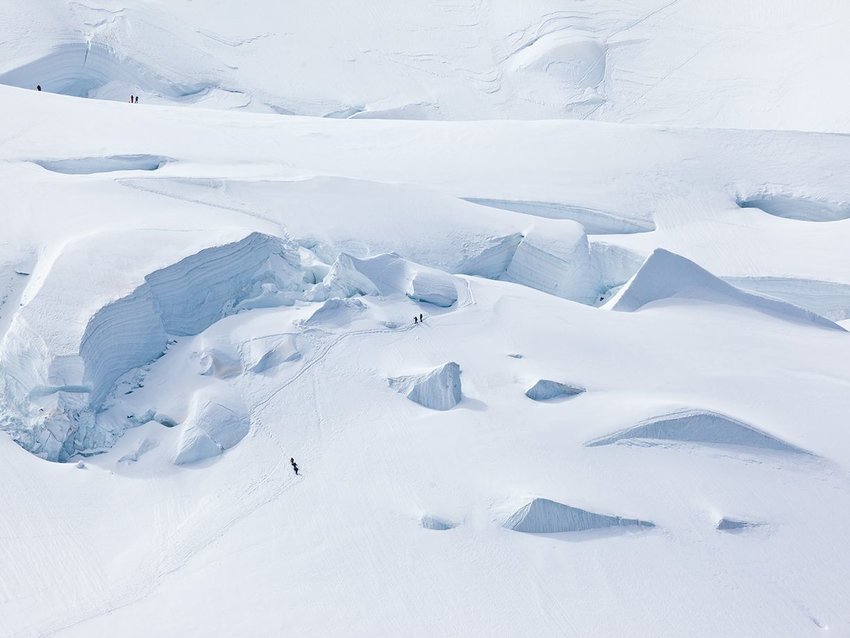Winter weather can be a beast. If you’re inside, you can grab a blanket and cozy up to wait out the worst of it. But if you have to travel anywhere, a little planning is in order. The first step to ensure you arrive at your destination safely and dry is to find a weather report.
The meteorologist may not tell you much if you don’t understand the terminology, though. Scroll through these 10 words you’re likely to hear when the weather outside is frightful.
Barometric pressure
When meteorologists talk about barometric pressure, they are referencing air pressure. High pressure occurs when air sinks and contracts, preventing clouds from forming. Days of high pressure will be clear. Low pressure is the opposite — air rises and expands. As it cools in the atmosphere, clouds and precipitation form and storms are likely. You might want to stay inside.
Black ice
The formation of black ice on the roads can make traveling dangerous. Black ice is a thin covering of transparent and difficult-to-see ice. If you drive in these conditions, you may not realize you hit a patch of it until you try to stop.
Blizzard
A blizzard is a winter storm with three specific characteristics: 1) winds of at least 35 miles per hour, either sustained or in gusts; 2) significant snowfall that decreases visibility to under a quarter of a mile; 3) conditions that last for at least three hours.
Blowing snow
Inside that blizzard you're watching from home, there's probably blowing snow. This kind of snow is lifted from the ground by the wind to a height of at least eight feet. Blowing snow can severely reduce your visibility and can make driving dangerous. Stay home and watch the blowing snow from your window instead of through your windshield.
Cold front
When a mass of air moves into an area and the leading edge of it is colder than the air in front, that’s a cold front. It also means the weather is about to drastically change. You don’t need to stay home for a cold front, but that’s where you’ll find your favorite warm blanket.
Nor’easter
These are serious storms that develop on the East Coast of North America. They can occur anytime, but they are particularly violent in the winter. Dangerously damaging, they can cost lives and cause property losses in the billions. If you live between Georgia and Maritime Canada, definitely stay home if you hear a nor’easter is bearing down.
Polar vortex
More than an exciting headline, a polar vortex is a significant circulation in the upper levels of the atmosphere above the northern latitudes. Normally, it keeps the frigid air contained around the Arctic Circle. But when it’s disturbed, parts of it dip south, letting super cold Arctic air into the United States.
Winter storm or blizzard warning
The three aforementioned conditions have to be met for a true blizzard, but regular winter storms can still be dangerous. A warning is issued when the right conditions are present, or expected for a weather event. In other words, if a storm isn’t happening now, it will soon.
Wind chill factor
This is in reference to how the temperature outside actually feels. If the thermometer shows it’s 35 degrees Fahrenheit, but the wind is gusting at 25 miles per hour, it will make your body feel as if it’s 8 degrees. This lower temperature is called the wind chill. Sounds too cold to go anywhere!
Feature photo credit: Henri Picot/ Unsplash

